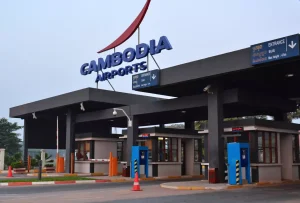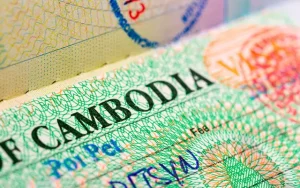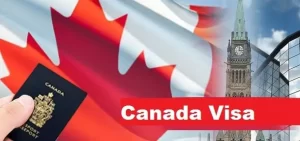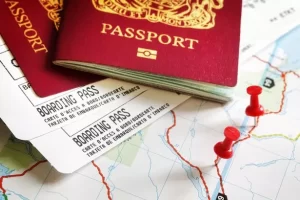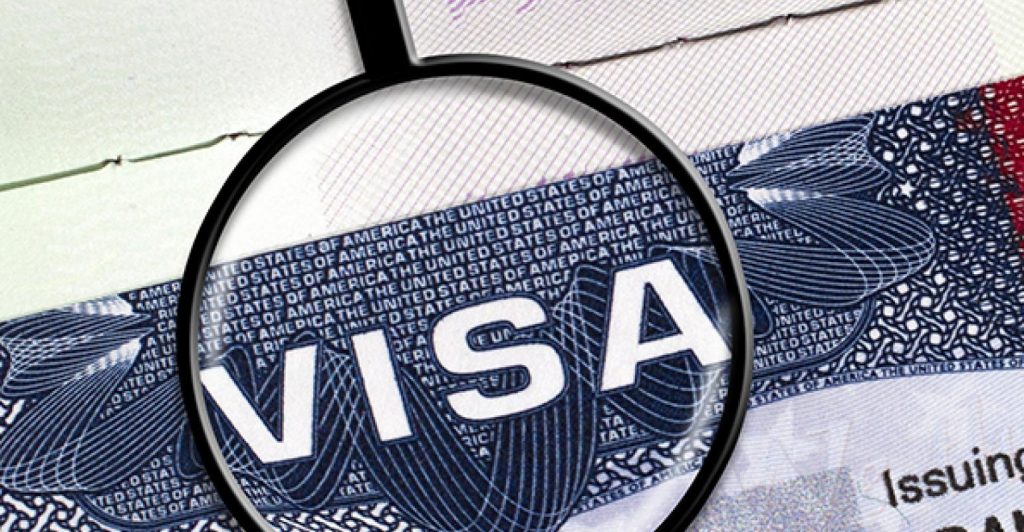
Welcome to the land of endless opportunities, where dreams come true and aspirations find their wings. The United States of America has always been a melting pot for people from all walks of life, attracting millions with its promise of a better tomorrow. If you’re one of those fortunate souls who have secured a USA visa, congratulations! But hold on – before embarking on your American adventure, it’s crucial to understand the ins and outs of visa validity. In this blog post, we unravel the mysteries surrounding USA visa validity so that you can make the most out of your stay in this remarkable country. So buckle up and get ready for an enlightening journey filled with valuable insights and essential tips! USA VISA VALIDITY
Introduction to USA Visa Validity
When planning a trip to the United States, it is important to understand the concept of visa validity. The validity of your visa determines how long you are legally allowed to stay in the country and when you must leave. This information is crucial in order to avoid any issues or complications during your visit.
What is Visa Validity?
Visa validity refers to the period of time for which your visa allows you to enter and remain in the United States. It is typically denoted by a specific date or duration written on your visa stamp or indicated on an electronic record if you have applied for an electronic visa. This validity period starts from the date of issuance and ends on the expiration date.
Different Types of Visa Validity
There are two main types of visa validity: single entry and multiple entry.
1. Single Entry Visa Validity: A single entry visa allows you to enter and stay in the United States only once within a specified period of time (usually 3 months). Once you leave, your visa becomes invalid and you will need to apply for a new one if you wish to re-enter. USA VISA DENIAL
2. Multiple Entry Visa Validity: A multiple entry visa allows you to enter and leave the United States multiple times within its designated validity period (usually up to 10 years). This type of visa is ideal for frequent travelers as it eliminates the need for applying for a new visa every time they want to visit the US.
Types of USA Visas and their Validity Periods
There are various types of visas that allow foreigners to enter the United States for different purposes, such as tourism, work, study, or medical treatment. Each visa has its own validity period, which refers to the length of time a foreigner is allowed to stay in the US. It is important to understand these types of visas and their validity periods in order to properly plan your trip and avoid any issues with immigration authorities.
1. B-1/B-2 Visitor Visas: These visas are commonly known as tourist visas and are valid for up to 6 months from the date of entry into the US. They can be used for leisure travel, visiting family or friends, attending conferences or seminars, or seeking medical treatment.
2. F/M Student Visas: These visas are issued to foreign students who wish to pursue academic studies in the US. The validity period varies depending on the length of the program and can range from a few months (for language courses) up to several years (for degree programs). Students must maintain full-time enrollment and comply with all other visa requirements during their stay.
3. J Exchange Visitor Visas: This type of visa is granted to individuals participating in exchange programs sponsored by educational or cultural institutions in the US. The duration of stay depends on the specific program but typically ranges from a few weeks up to 18 months.
4. H Work Visa: For those seeking employment opportunities in the US, an H visa may be required depending on their profession and qualifications.
Factors Affecting Visa Validity
There are several factors that can affect the validity of a USA visa. It is important for applicants to be aware of these factors in order to ensure a smooth and successful visa application process. In this section, we will discuss the various elements that can impact the validity of a USA visa.
1. Type of Visa:
The type of visa you apply for plays a significant role in determining its validity. There are different types of visas available such as tourist, work, student, and business visas. Each type has its own specific requirements and duration of stay allowed in the US. For instance, a tourist visa typically has a shorter validity period compared to a work or student visa.
2. Duration of Stay Allowed:
The length of time an individual is permitted to stay in the US also affects the validity of their visa. This is determined by the consular officer during the interview process based on your purpose of visit and supporting documents provided. The maximum duration granted for each visa type varies, with some allowing multiple entries within a certain timeframe.
3. Passport Validity:
In order to be eligible for a US visa, your passport must have at least 6 months remaining before it expires from your intended date of departure from the US. If your passport does not meet this requirement, it may result in your application being denied or receiving a shorter validity period for your visa.
Extension and Renewal of USA Visas
When you are planning a trip to the United States, it is important to understand the validity of your visa. However, sometimes situations may arise where you need to extend or renew your visa in order to stay longer in the country.
Extension of Visa Validity
If you are already in the US on a non-immigrant visa and need to extend your stay beyond the date mentioned on your I-94 (arrival/departure record), you can apply for an extension of status. This process allows you to legally remain in the country for a longer period, without having to leave and re-enter with a new visa.
The first step towards extending your visa validity is to file Form I-539 with U.S. Citizenship and Immigration Services (USCIS) at least 45 days before your current authorized stay expires. This form is used for various types of non-immigrant visas such as B1/B2 tourist visas, F1 student visas, H1-B work visas, etc.
Your application must include relevant supporting documents like proof of financial support, valid passport, travel itinerary, etc. It is also recommended to provide a detailed explanation for why you need an extension along with any relevant evidence.
Once USCIS receives your application, they will send you a receipt notice which serves as temporary evidence that your application has been received. If more information or documentation is needed from you, USCIS will request it through this notice.
